Notions were provided by the companies mentioned. Opinions are my own. This post contains affiliate links, see site policies.
It can be time consuming and frustrating to have to re-count rows over and over again as you knit, especially over long stretches of stockinette stitch and with hard-to-see yarn. Here are 3 easy ways to keep track of your row or round count in knitting. (The best part: none of these involve a post-it note.)
This tutorial was designed with Spiral Hill Sweater Vest Knit Along knitters in mind. As someone who’s knit two adult-sized versions of the vest*, the back panel features a lot of stockinette stitch… in all black yarn. Read on for my favorite tips and tools for counting knitting rows, and scroll to the bottom of the post for a video tutorial demonstrating each method.
Knit Along overview / Enter to win the awesome KAL prize pack here. / 10 useful tutorials for knitting the Spiral Hill Sweater Vest / KAL Lesson 1: Understanding Intarsia Gauge / More coming soon!
Tip 1: Row Counters, Row Counter Rings, Row Counter Apps, etc.
One way to keep track of your rows is by noting how many you’ve worked on a piece of paper, or by tracking it with a counting device. I have this row counter ring from Knitter’s Pride as an example here, but I grew up using a similar plastic counter that fit onto the end of my straight needles. I even have used a free app on my phone.
A downside of this method is forgetting to move the counter at the end of a row and having to recount the section you’re knitting to confirm your counter isn’t off. Of the various row counter options out there, the ring is a nice one because it keeps the stitch count physically, literally close to where you’re knitting, making it harder to forget.
Tip 2: Scrap Yarn
When I started knitting sweaters for myself, I fell in love with simply using scrap yarn to track my rows. Essentially you’re sewing a loose running stitch in between two columns of stitches at a consistent interval to help track how many rows you’ve worked.
How to do it:
Cut yourself a piece of scrap yarn thats a little longer than the estimated total length of your project. If you’re knitting a sweater or top, you can use your own body to estimate the length you’ll need. If you’re using a long-tail cast on for your project, you can incorporate this extra length into your long tail cast on for a couple fewer ends to weave in. (The video at the bottom of this post shows a sweater panel that uses this extra long tail trick if you’d like to see an example.) If you’re not using the extra long tail trick, you can leave the scrap yarn tail loose or secure it to the cast on edge to avoid accidentally pulling it out.
Next, you’ll knit your row or round until you reach your scrap yarn, then draw it in between the stitch you just knit and the subsequent stitch. I love this method because it’s cheap, and you can track your rows using any multiple of stitches you wish. Just remember which multiple you’re counting with.
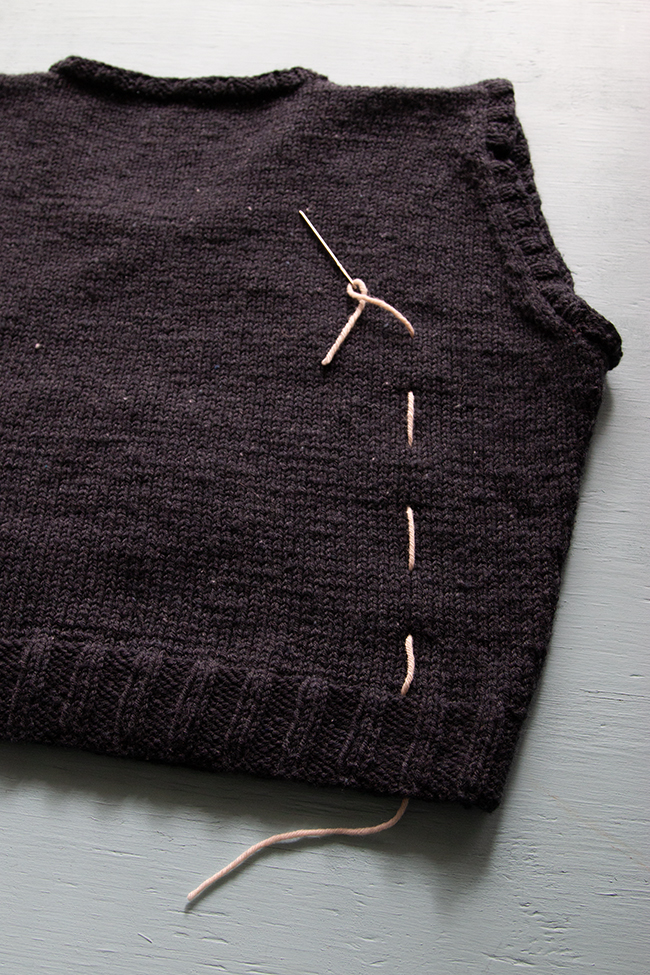
A demonstration of how to do this with live stitches is featured in the video below.
Tip 3: Chain Row Counters
More recently, I stumbled across one of my new favorite notions that’s sort of a combination of the scrap yarn and row counter tool methods of row counting: the Chain Row Counter from Twice Sheared Sheep. It features numbers 0 through 9, as well as this thing they call a Melody Clip for tracking what “decade” of numbers you’re working on. (Full disclosure, I have an affiliate relationship with Twice Sheared Sheep, but I signed up after realizing how frequently I was using the row counter tool in my own knitting.)
Here’s how it works: Knit your row until you reach your Chain Row Counter, which can double as a stitch marker by the way. When you reach the counter, insert the tip of your needle in to the next highest number’s chain, drop the old chain, and continue knitting. When you reach a 0 number like 10, 20, or 30, you move the Clip to the appropriate position. These also come in Circle Row Counters if you’re working in the round and prefer that option.
Video Tutorial
As promised, here’s a quick video overview of each method discussed (about 5 minutes total) to help explain them.
Notions were provided by the companies mentioned. Opinions are my own. This post contains affiliate links, see site policies.
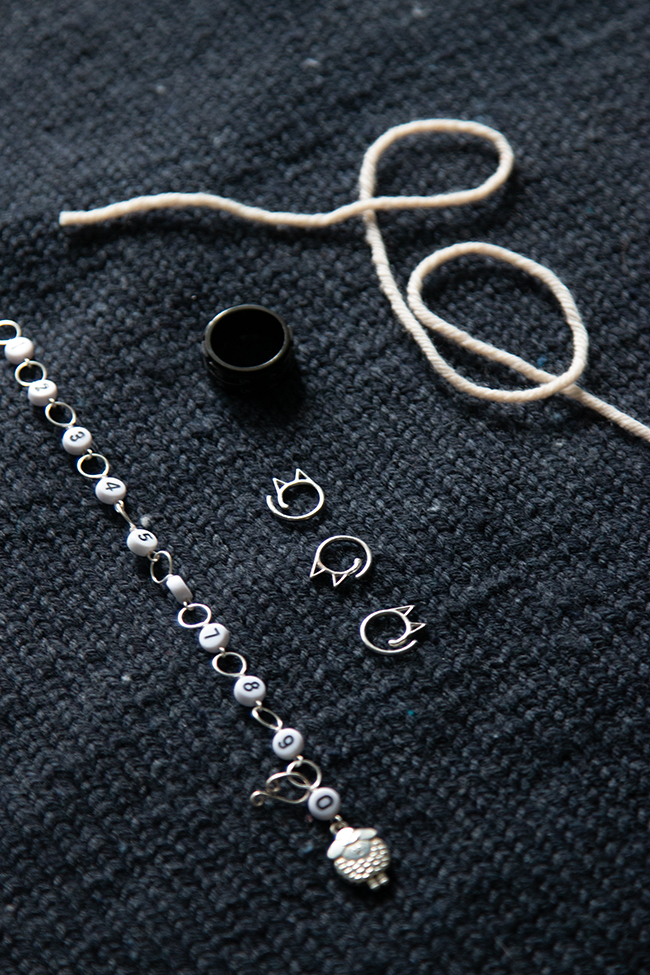
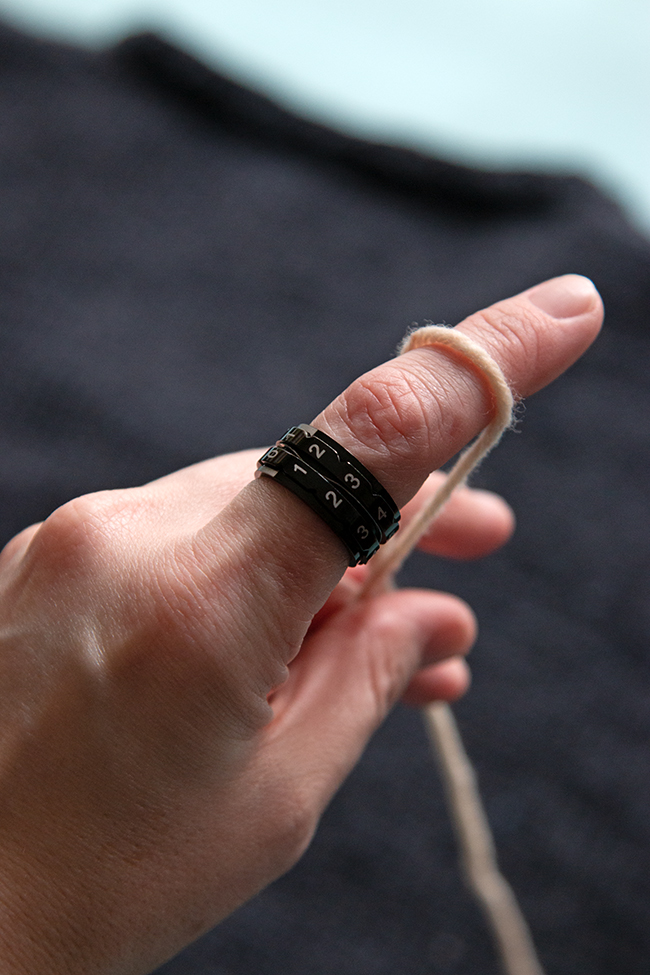
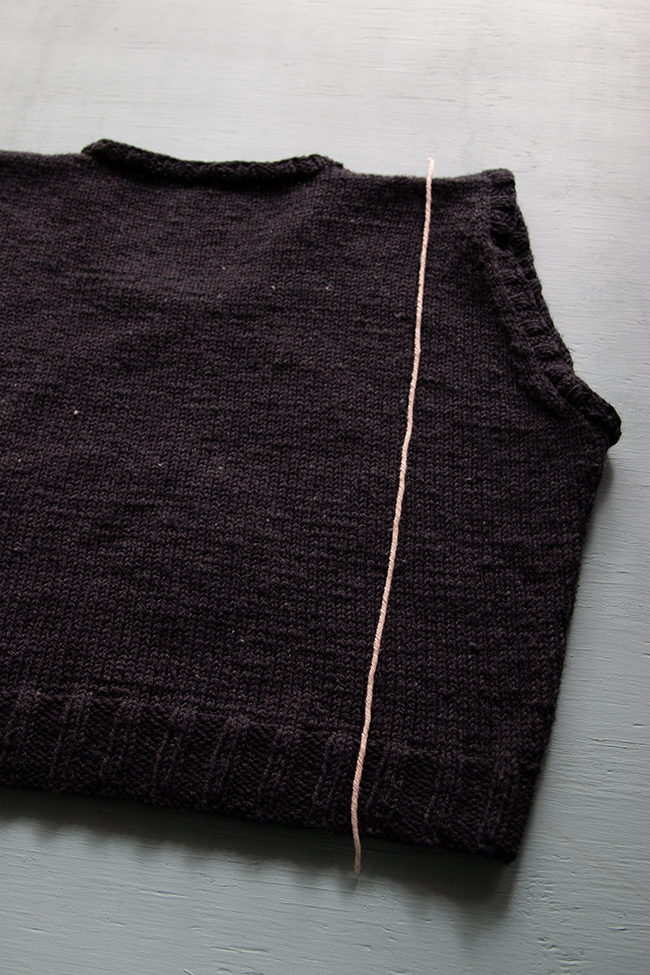
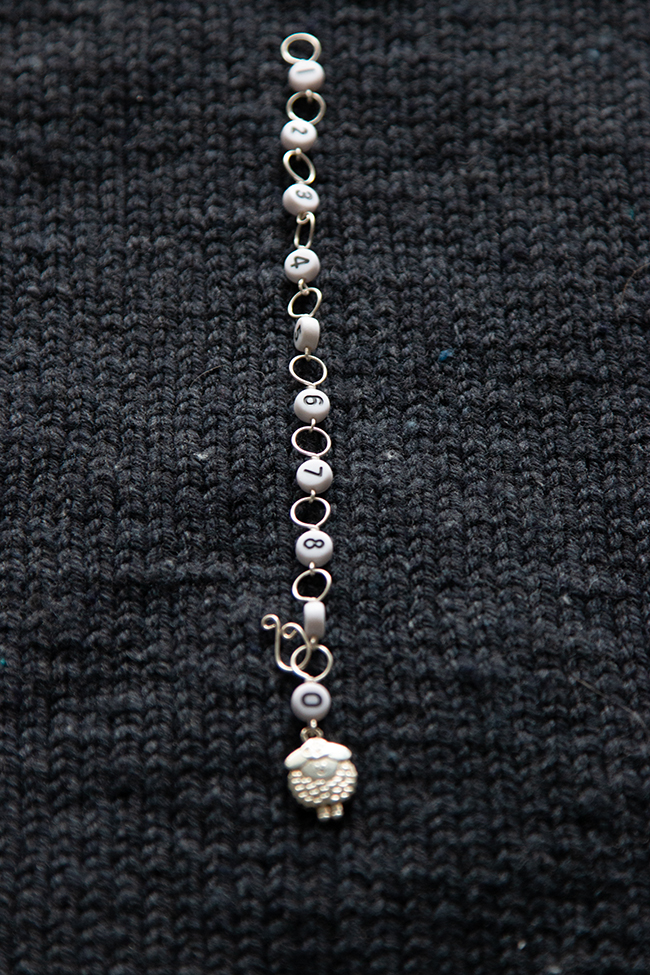
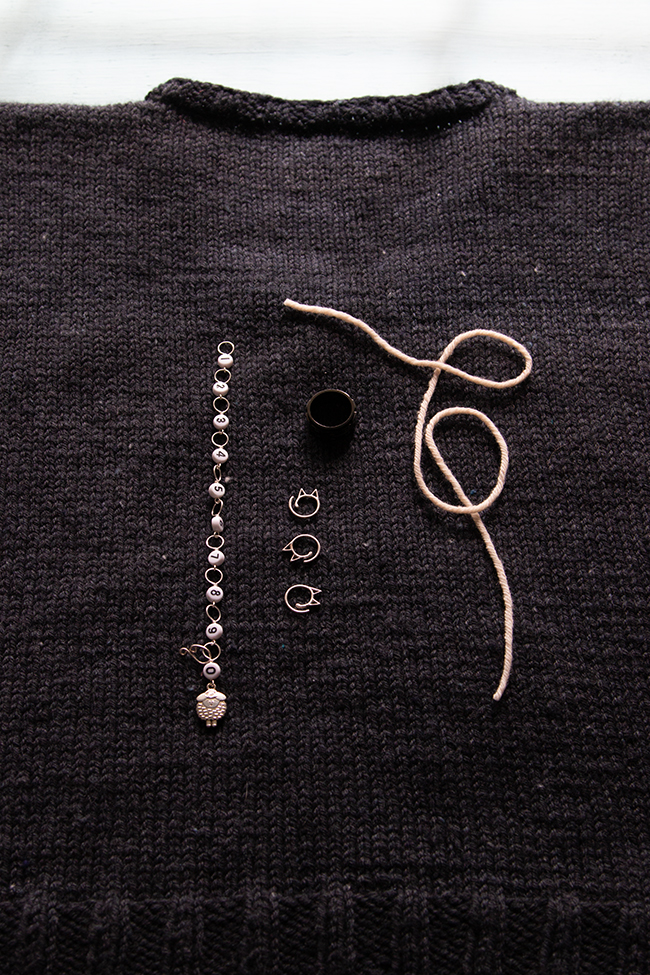
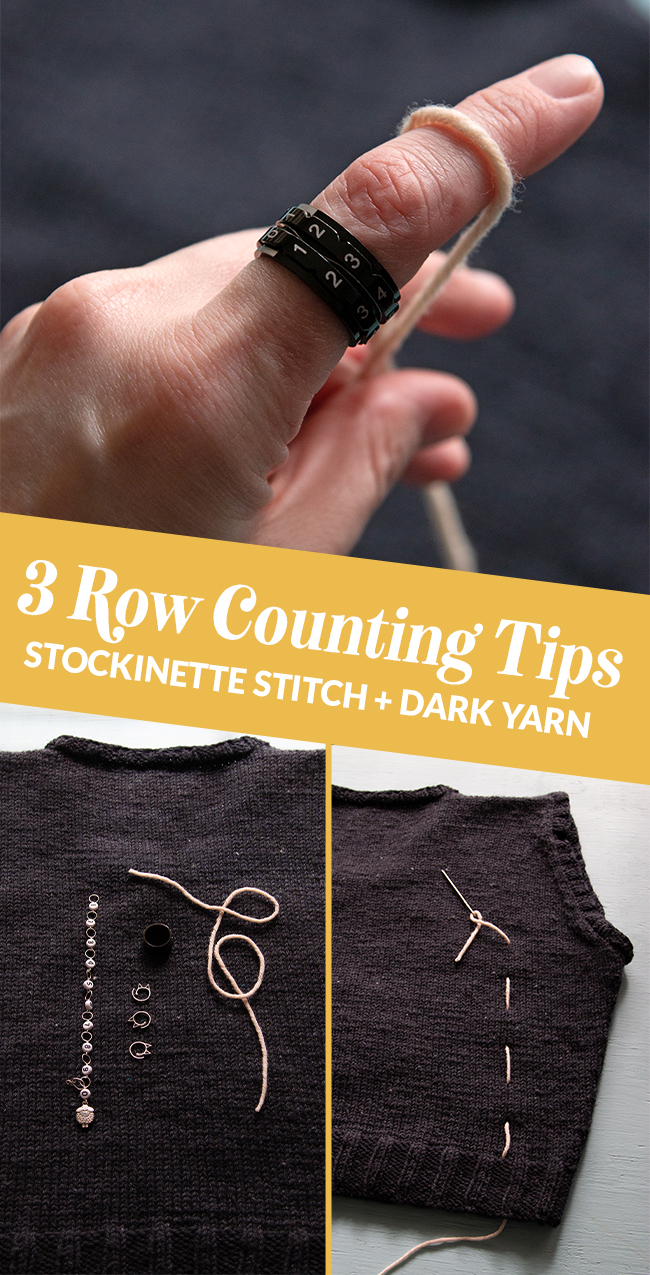
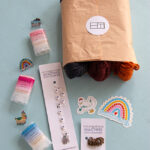
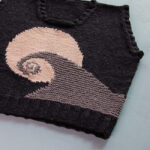
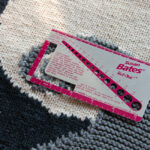



I don’t know how I managed knitting before I got row counter ring! I love it, I’ve given it as a gift and sung its praises, happy to see you post about it.
They so useful! I’ve also been known to use mine as a fidget ring at my desk while working. 😆
I love it! Thankyou for sharing